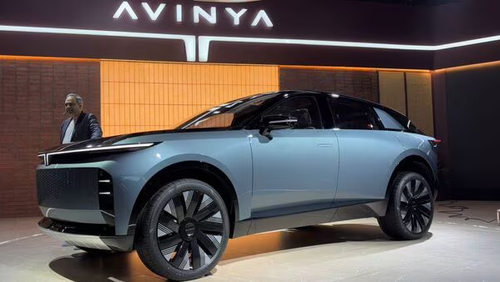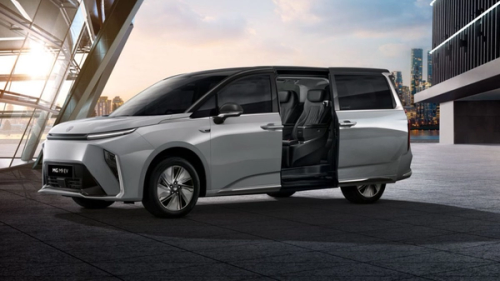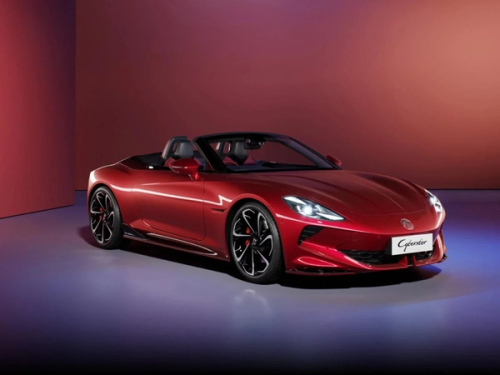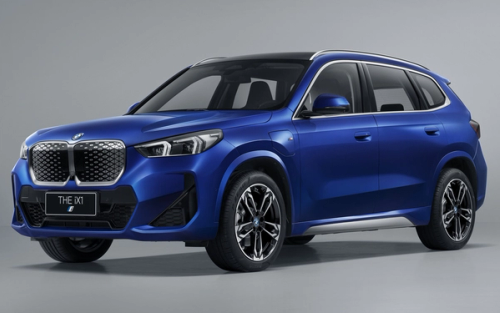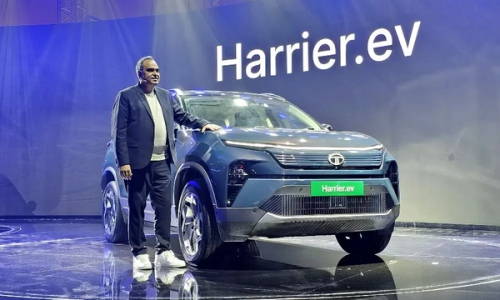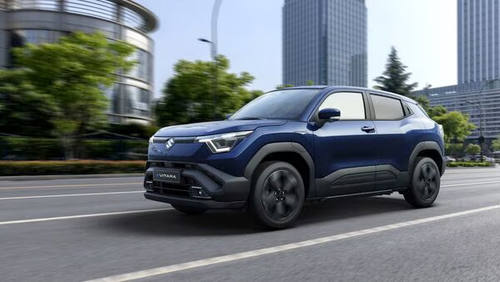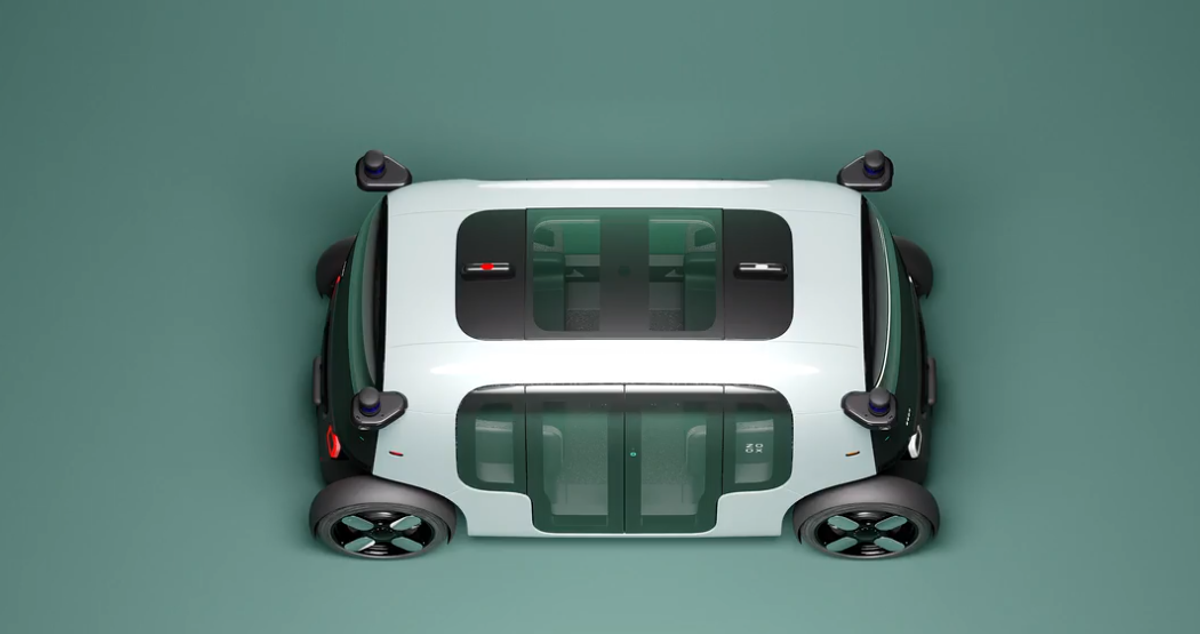Zoox: A Futuristic Fantasy or a Miscalculated Utopia?
13 Dec 2024
113
By chronicle tech

Image source: Zoox
In the sprawling, neon-lit dreamscape of Silicon Valley, where innovation reigns and disruption is currency, Zoox emerged as the sci-fi lovechild of technological ambition and human ingenuity. The autonomous vehicle startup promised a utopia where human drivers are obsolete, traffic accidents are relics, and the urban sprawl hums to the seamless choreography of self-driving pods. But like any shiny object in a dystopian tech noir, Zoox’s gleaming vision begins to unravel under scrutiny.
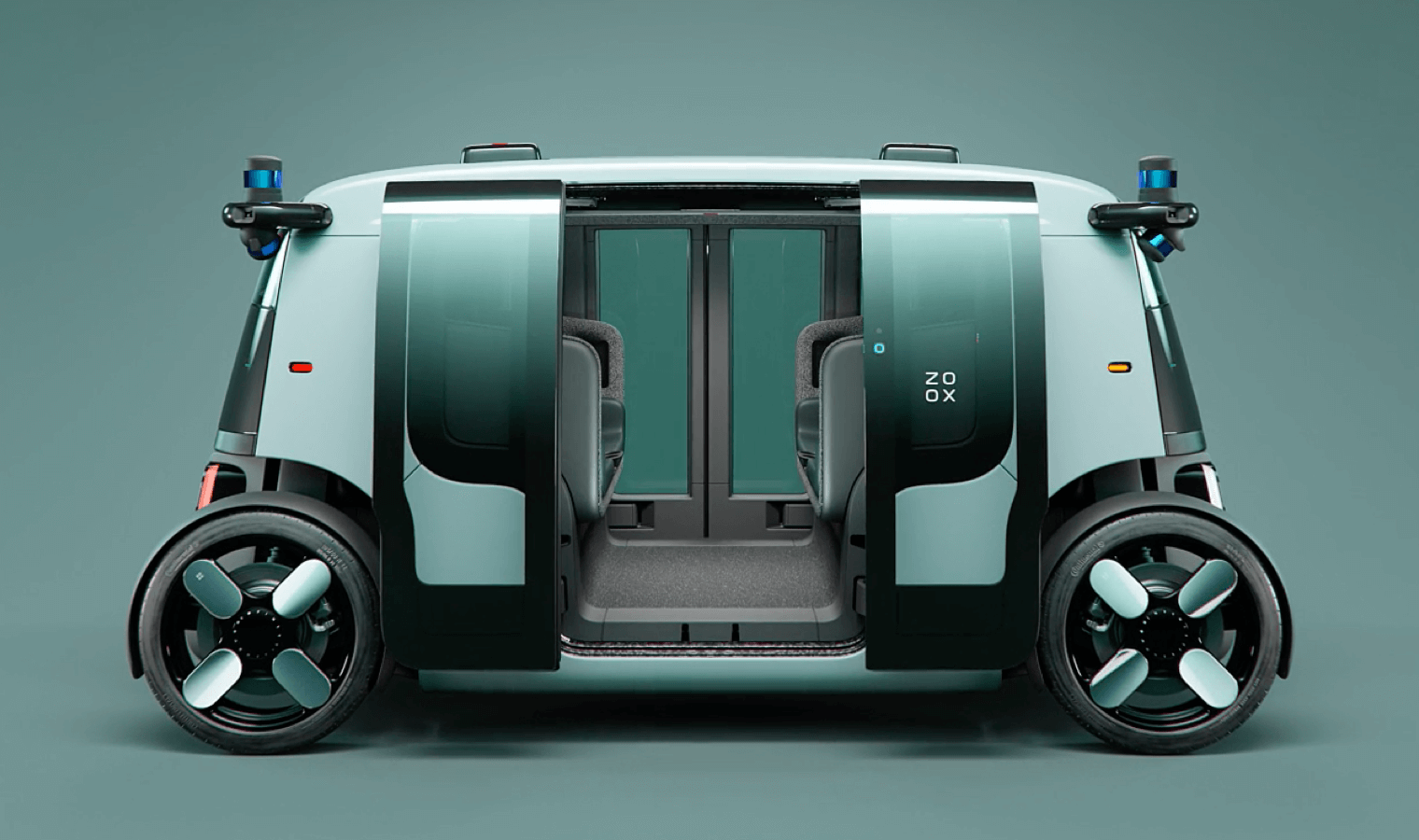
Image source: ZOOX
The Tech Mirage
Let’s talk about Zoox’s tech—a concoction of LIDAR, radar, and machine learning algorithms swaddled in the futuristic allure of a bidirectional pod. On paper, it sounds like the stuff of Asimov’s wildest dreams. A vehicle that drives equally well forwards and backwards? Thrilling! But in practice? It’s like perfecting a space elevator before nailing down a functional escalator.
Zoox’s autonomous systems rely heavily on pre-mapped geofences, essentially limiting their functionality to well-trodden paths in controlled environments. This is less “Blade Runner” and more “Glorified Train with No Tracks.” The promise of full autonomy—the holy grail of Level 5 autonomy—remains a distant mirage, and Zoox is no closer to drinking from that chalice than its competitors.
Even their much-touted pivoting pod design raises eyebrows. Is the ability to drive both ways truly revolutionary, or is it an over-engineered solution to a problem that doesn't exist? Regular cars turn around just fine, thank you very much.
A Business Model Stuck in Traffic
Zoox’s vision to disrupt urban mobility feels less like a business model and more like a high-stakes gamble. Unlike rivals Tesla and Waymo, which leverage existing industries and infrastructure, Zoox aims to leapfrog into a fully integrated mobility service. They want to build the vehicles, operate the fleet, and control the user experience. Admirable? Sure. Feasible? That’s a different story.
The investment required for such vertical integration is astronomical. Building cars is hard (just ask Tesla’s production hell survivors). Operating fleets profitably is even harder (Uber and Lyft are still trying to crack that code). Doing both while developing cutting-edge autonomy tech? It’s like trying to land on Mars while building the rocket mid-flight.
And here’s the kicker: Zoox’s target audience—the urban commuter—is notoriously fickle. In a world where people are conditioned to pay as little as possible for transportation, convincing users to embrace an expensive autonomous fleet might be as challenging as convincing them to abandon their Netflix subscriptions.
The Sci-Fi Future That Never Arrives
Zoox pitches itself as the herald of a sci-fi utopia, where congestion evaporates, accidents plummet, and cities are designed for people, not cars. But here’s the uncomfortable truth: utopias don’t sell. Consumers don’t buy into abstract visions; they buy into tangible benefits.
Meanwhile, the reality of autonomous vehicles is far grittier than Zoox’s glossy renderings. Urban environments are chaotic, unpredictable, and filled with edge cases that AI struggles to handle. A bag of trash rolling across the street can still baffle even the best systems, let alone a Zoox pod navigating Mumbai traffic at rush hour.
And let’s not forget the societal implications. In a future dominated by autonomous fleets, millions of drivers face obsolescence. The ripple effects on employment, urban planning, and social equity are monumental—and Zoox, like most tech utopians, seems to have no concrete plan to address them.
Zoox: A Case of Style Over Substance?
For all its sci-fi aesthetics and high-concept ambitions, Zoox feels like an over-hyped startup trapped in its own echo chamber. Its pods look great in press photos, but real-world application remains painfully limited. The company has burned through billions of dollars, yet its progress towards commercialization is glacial.
Zoox wants to be the protagonist in a techno-utopian blockbuster, but it risks becoming a cautionary tale instead—a reminder that ambition without execution is just science fiction. And in the ruthless arena of the future of mobility, science fiction doesn’t pay the bills.
The Verdict
Zoox is a fascinating experiment, but it’s not the future. At least, not yet. Its tech feels like an expensive gamble on solutions searching for problems. Its business model is a precarious tower built on untested assumptions. And its vision, though inspiring, remains firmly lodged in the realm of speculative fiction.
So, dear reader, enjoy Zoox’s sleek renderings and ambitious promises. Marvel at its lofty goals and sci-fi dreams. But don’t mistake it for the real deal—because the future, as Zoox is learning the hard way, is much messier than it looks from a neon-lit render.


